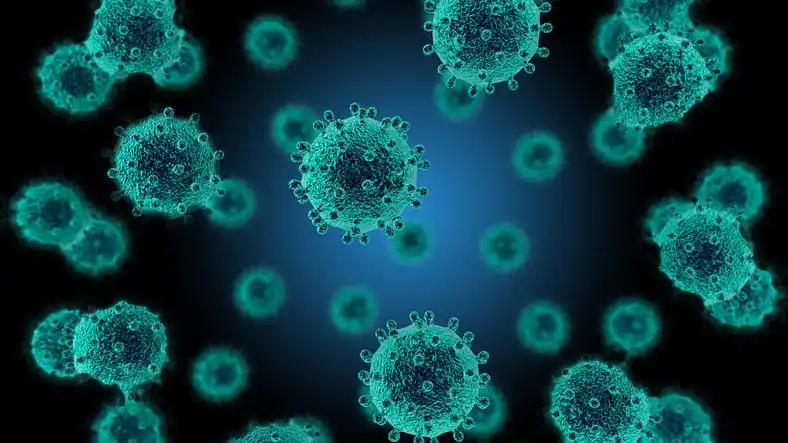KEY TAKEAWAYS
- The TOT-HER3 early phase 1 trial studied the correlation between the early response to HER3-DXd and the levels of HER2.
- The trial’s primary endpoint was to identify the change in CelTIL score between the tumor samples taken at baseline and on day 21.
- High response to HER3-DXd led to low HER2 IHC, mRNA, or CN levels in early-stage HR+/HER2- BC.
The TOT-HER3 trial assessed a single dose of HER3-DXd in 77 pts with untreated HR+/HER2- early breast cancer in Part A (6.4 mg/kg) and 17 in Part B (5.6 mg/kg). The primary endpoint was to determine the change in CelTIL score [a surrogate of response that combines tumor cellularity and tumor-infiltrating lymphocytes] between the tumor samples taken at baseline and on day 21. CelTIL response was deemed present if there was a 20-point rise by day 21. Immunohistochemistry (IHC) was utilized to ascertain HER2 expression. RNA and DNA were purified from baseline FFPE tumor samples and evaluated using the nCounter and VHIO-300 NGS platforms. Additionally, logistic regression models and the area under the ROC Curve (AUC) determined the effectiveness of HER2 IHC, mRNA, and copy-number (CN) levels with CelTIL response.
Part A of TOT-HER3 revealed that the HER2 IHC status displayed 32% as HER2 0, 38% as HER2 1+, and 30% as HER2 2+. The high CelTIL responders were distributed as 40% for HER2 0, 45% for HER2 1+, and 13% for HER2 2+ (p=0.034). The higher levels of ERBB2 mRNA and RNA-based HER2 amplicon signatures are directly linked to lower CelTIL responses (ERBB2: Odds Ratio [OR]=0.34, p<0.001, AUC=0.71; and HER2 amplicon: OR=0.20, p=0.005, AUC=0.74).
The relationship between ERBB2 mRNA and CelTIL response was not affected by HER2 IHC expression (p=0.002), PAM50 subtype (p=0.001) or proliferation (p=0.003). There was a significant correlation between high HER2 CN signal and a low CelTIL response (p=0.005). The association between HER2 IHC and ERBB2 mRNA with CelTIL response will be validated independently in TOT-HER3 Part B.
The study reported low HER2 IHC, mRNA, or CN levels in early-stage HR+/HER2- BC with high response to HER3-DXd. HER3-DXd treatment might be highly active in HR+ BC with very low HER2 levels, which could be a new line of treatment for this particular group of patients.
Source: https://oncologypro.esmo.org/meeting-resources/esmo-breast-cancer-congress/her2-expression-and-early-response-to-patritumab-deruxtecan-her3-dxd-in-early-stage-hormone-receptor-positive-her2-negative-hr-her2-breast-ca
Clinical Trial: https://classic.clinicaltrials.gov/ct2/show/NCT04610528
Brasó-Maristany, F., Tolosa Ortega, P., Margeli Vila, M., Cruz Jurado, J., Salvador Bofill, F.J., Cejalvo, J.M., Arumi de Dios, M.A., Vidal Losada, M.J., Pernas Simon, S., Esker, S., Fan, P., Santhanagopal, A., Martinez Saez, O., Villacampa, G., Sanchez Bayona, R., Ferrero Cafiero, J.M., Falato, C., Pascual, T., Prat, A. Annals of Oncology (2023) 8 (1suppl_4): 101218-101218. 10.1016/esmoop/esmoop101218



